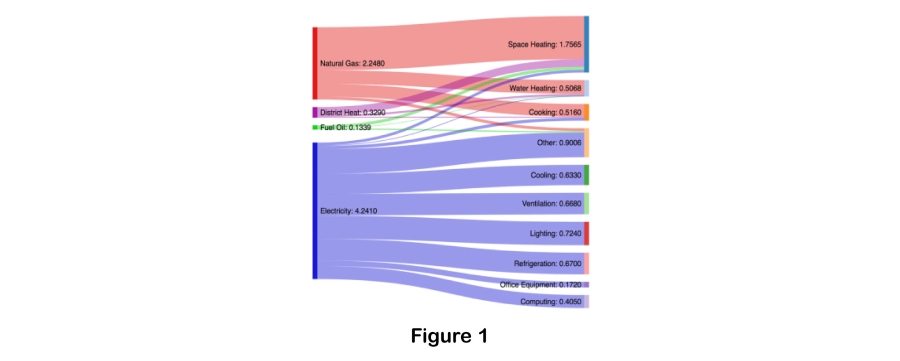The term electrification frequently appears in discussions of energy trends. This technical brief evaluates electrification and its relationship to backup power systems.
Electrification Defined
Historically, electrification has referred to the process of bringing electrical service to communities that had none. For example, in the United States in 1935, only 11 percent of farms were connected to an electrical power grid, in part because utility companies were unwilling to construct electrical distribution systems over great distances to reach relatively few customers. With the enactment of the Rural Electrification Act, subsidies helped extend utility power to rural users, connecting 80 percent of US farms by 1950.
This type of electrification continues today in parts of the globe. According to the International Energy Agency, approximately 800 million of the world's people still do not have access to electrical power. It is one reason why Schneider Electric, of which ASCO Power Technologies is part, continues efforts to bring electricity to people in underserved areas.
In today’s energy discussions, electrification takes on a second meaning. It refers to the practice of using electricity to power loads that traditionally relied on fossil fuels. The US Energy Information Administration's (USEIA) report entitled Electrification of Buildings and Industry in the United States examines the potential for electrification of building loads in residential and commercial applications. For commercial buildings, it describes the current uses of fuels for a range of purposes using the following figure, where fuel types at left are mapped to their uses at right:
Electrification Defined
Historically, electrification has referred to the process of bringing electrical service to communities that had none. For example, in the United States in 1935, only 11 percent of farms were connected to an electrical power grid, in part because utility companies were unwilling to construct electrical distribution systems over great distances to reach relatively few customers. With the enactment of the Rural Electrification Act, subsidies helped extend utility power to rural users, connecting 80 percent of US farms by 1950.
This type of electrification continues today in parts of the globe. According to the International Energy Agency, approximately 800 million of the world's people still do not have access to electrical power. It is one reason why Schneider Electric, of which ASCO Power Technologies is part, continues efforts to bring electricity to people in underserved areas.
In today’s energy discussions, electrification takes on a second meaning. It refers to the practice of using electricity to power loads that traditionally relied on fossil fuels. The US Energy Information Administration's (USEIA) report entitled Electrification of Buildings and Industry in the United States examines the potential for electrification of building loads in residential and commercial applications. For commercial buildings, it describes the current uses of fuels for a range of purposes using the following figure, where fuel types at left are mapped to their uses at right:



